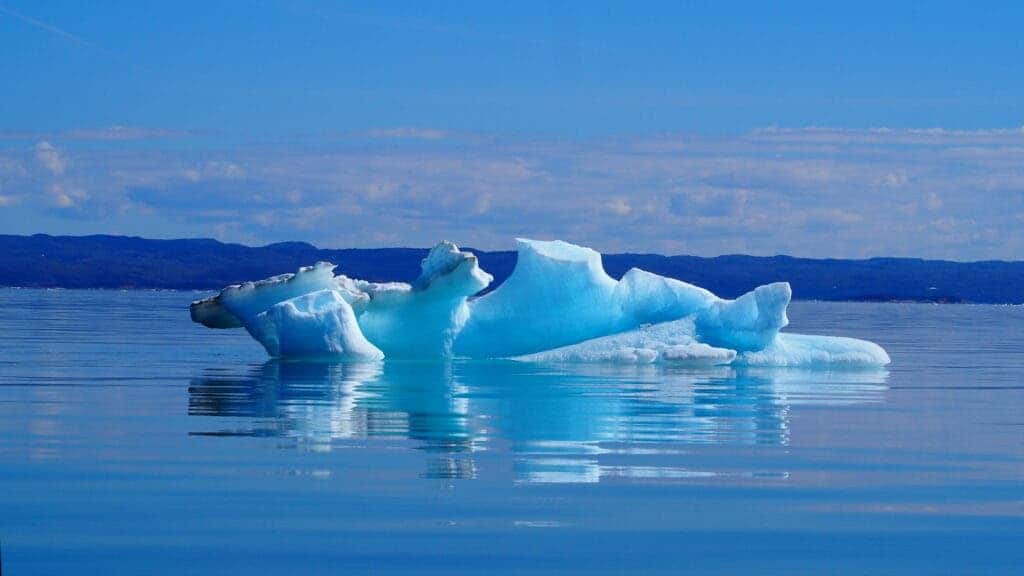The Arctic saw its lowest average October sea ice extent since satellite measurements began in 1979, according to European Copernicus Climate Change Service. Their monthly report also showed that last month was the warmest on record in Europe, with many areas seeing above-average temperatures in the East, but below average in the southwest.

The Copernicus Climate Change Service (C3S) publishes monthly climate bulletins reporting on the changes observed in global surface air temperature, sea ice cover, and hydrological variables. All the findings are based on computer-generated analyses using billions of measurements from satellites, ships, aircraft, and weather stations.
The average Arctic sea ice extent last month was 5.4 million km2, 1.5 million km2 above September. However, sea ice grew at a slower rate than in 2012, the year with the lowest sea ice extent for September, the report showed. This led to 2020 having the lowest extent recorded in October since observations started.
The map of average sea ice concentrations for October showed ice-free conditions stretching eastward from north of Svalbard to the Chukchi Sea. The largest negative ice concentration anomalies relative to the 1981-2010 average occurred north of the Laptev and East Siberian Seas and were associated with temperature anomalies.
Contrary to the Arctic, the Antarctic saw sea ice reach its annual maximum extent in September and the sea ice melting season has now begun. Sea ice extent reached 18.3 million km2 on average. This is 0.3 million km2 above the 1981-2010 average for October and is the first positive October anomaly observed since 2016.
The report showed above-average ice concentration in most of the Antarctic region. The east of the Antarctic Peninsula, as well as the north and west stretches of the Ross Sea had the largest positive anomalies, while the north Amundsen Sea and parts of the Indian Ocean sector had below-average ice concentration.
Europe sees a record October
Central, eastern, and northern Europe had a warmer October than the 1981-2010 average for the month, Copernicus showed. Temperatures were particularly high in countries near the Black Sea, while European countries southwest the Alps had cooler weather than average.
Many continental land areas and islands north of the Arctic Circle had extremely high temperatures in October. That was also the case of the Arctic Ocean and its bordering coastal seas, especially eastward of Svalbard to the Beaufort Sea. Temperatures were also higher than average around the Mediterranean Sea.
Temperatures over the western USA also continued to be high above average. Paraguay, Bolivia, and southern Brazil saw heatwave conditions, as well as Namibia and other countries in southern Africa. Much of the rest of Africa also had above-average temperatures.
Globally it was the third-warmest October, but only marginally from the fourth, fifth, and sixth warmest Octobers. It was 0.62°C warmer than the 1981-2010 average for the month. The six warmest Octobers occurred within the last six years, the report adds.
It’s almost certain that 2020 will be among the hottest years ever, with a higher than 98% likelihood it will rank in the top five, according to the National Oceanic and Atmospheric Administration, which also releases monthly temperature analyses. Last year (2019) was the second-hottest year ever, and the last year of the hottest decade worldwide.






